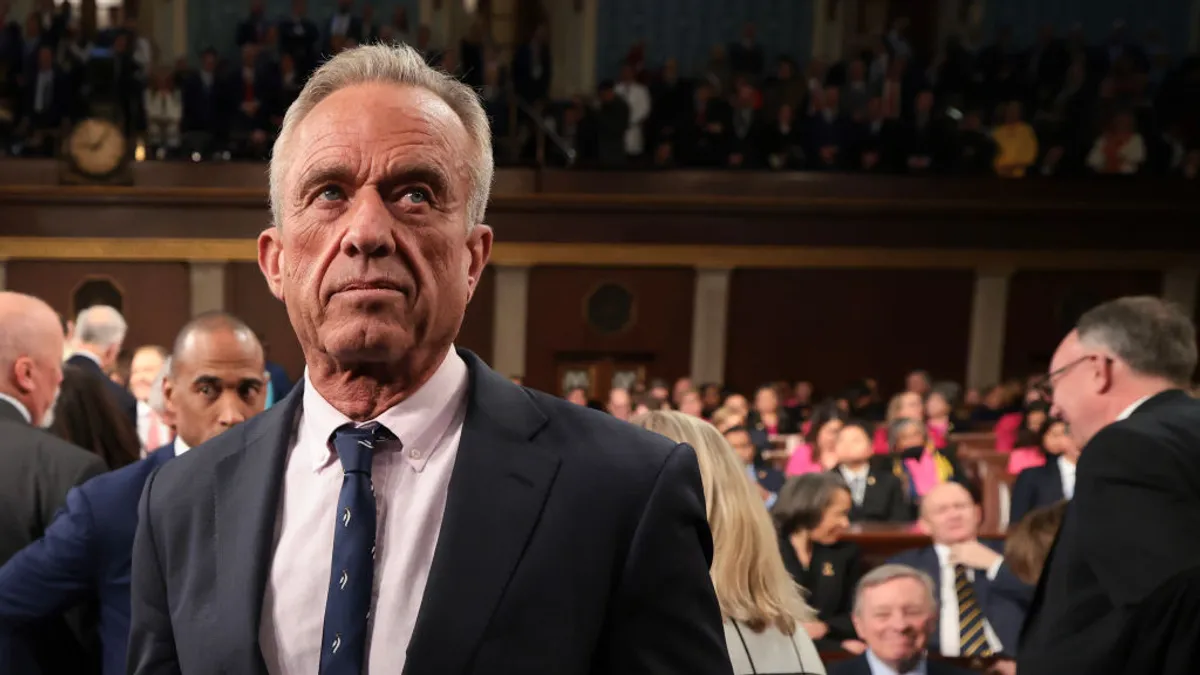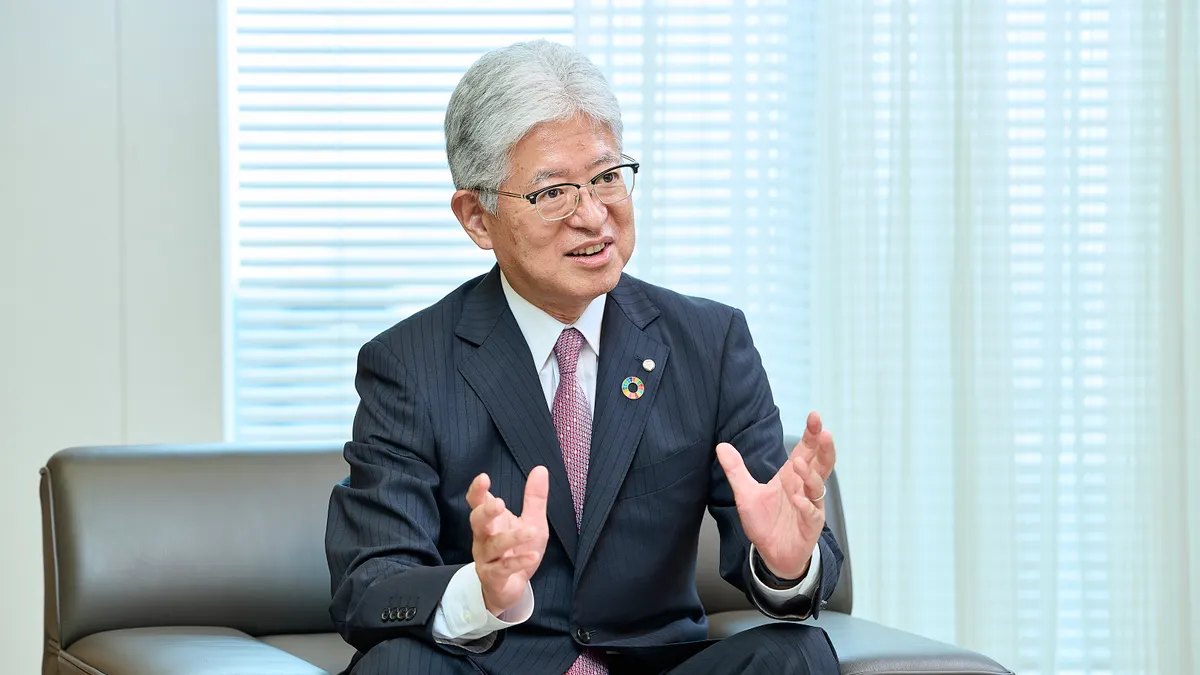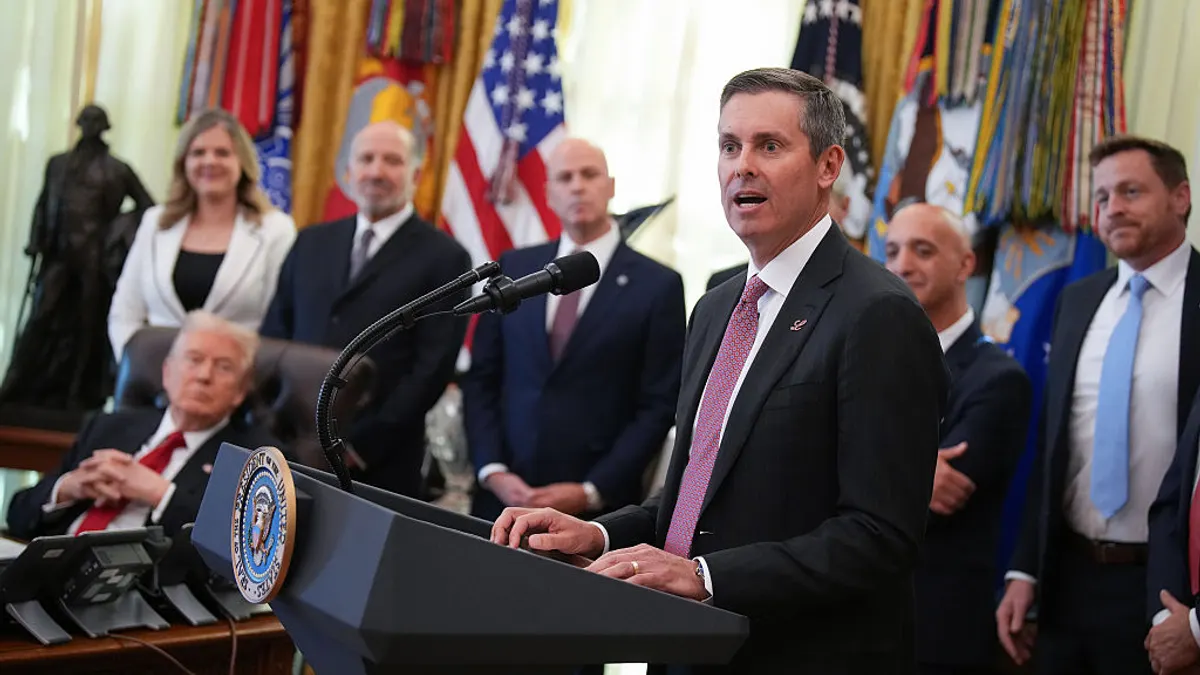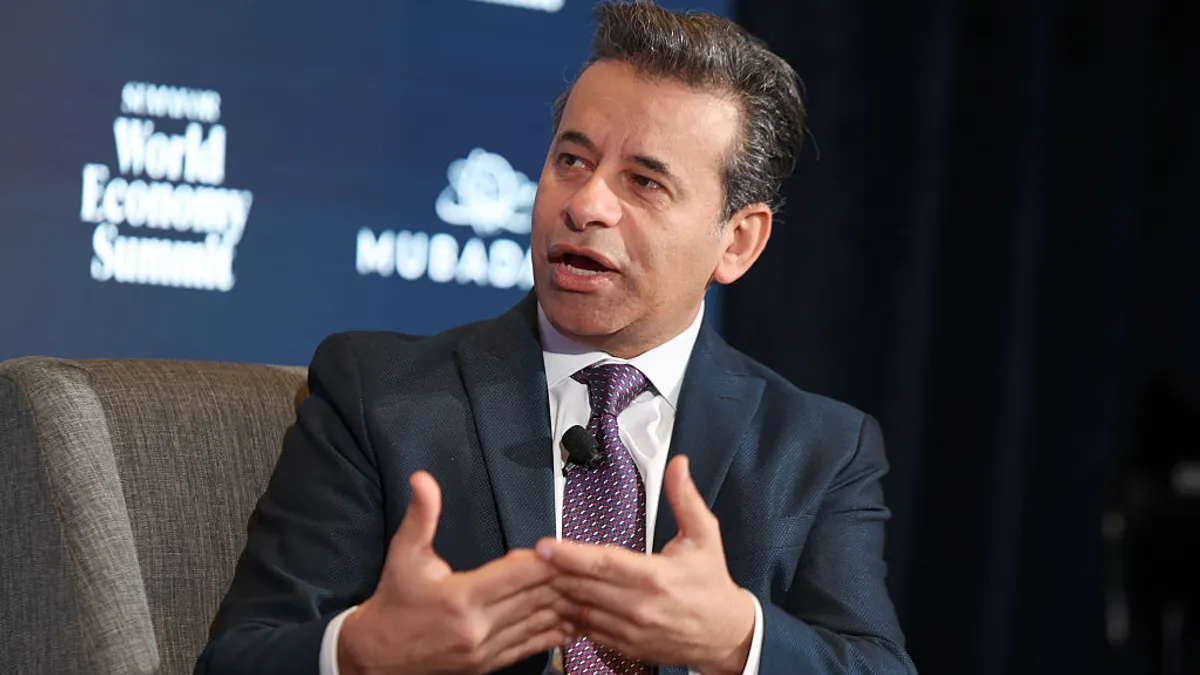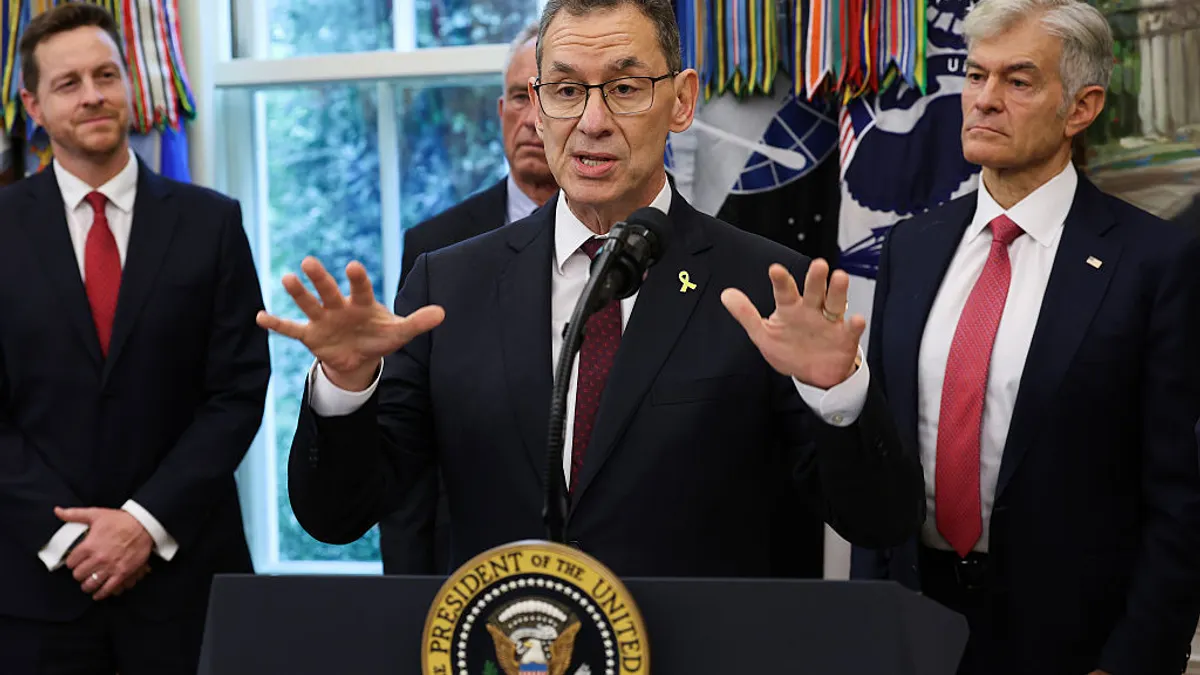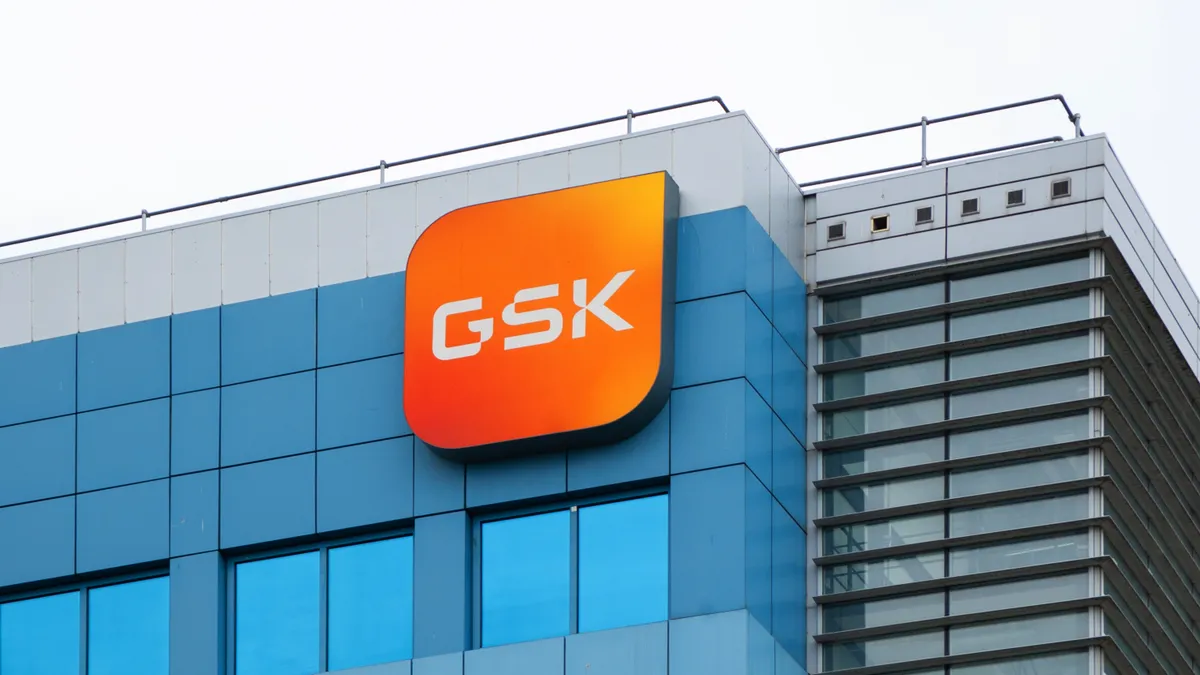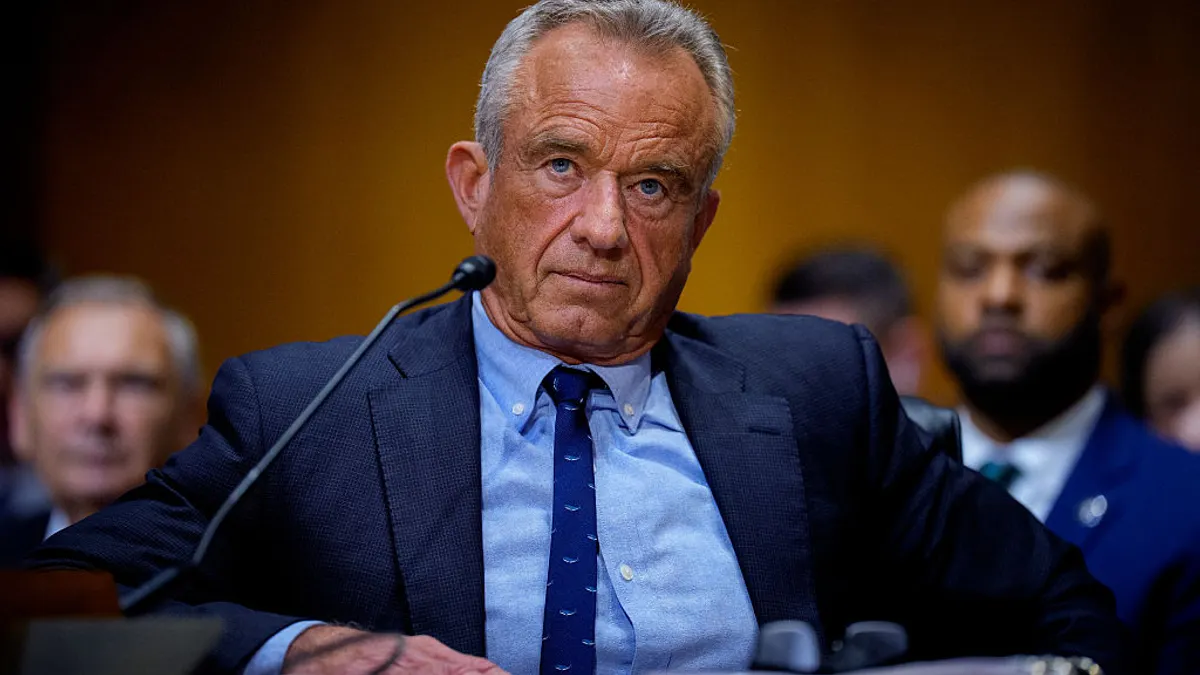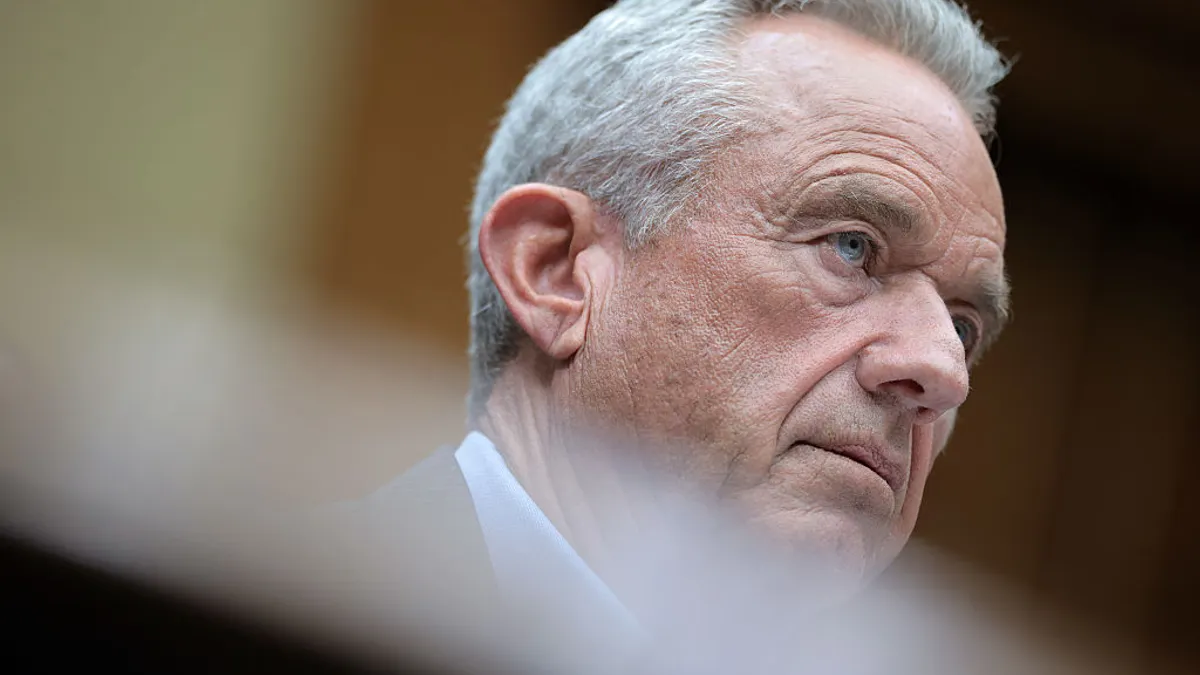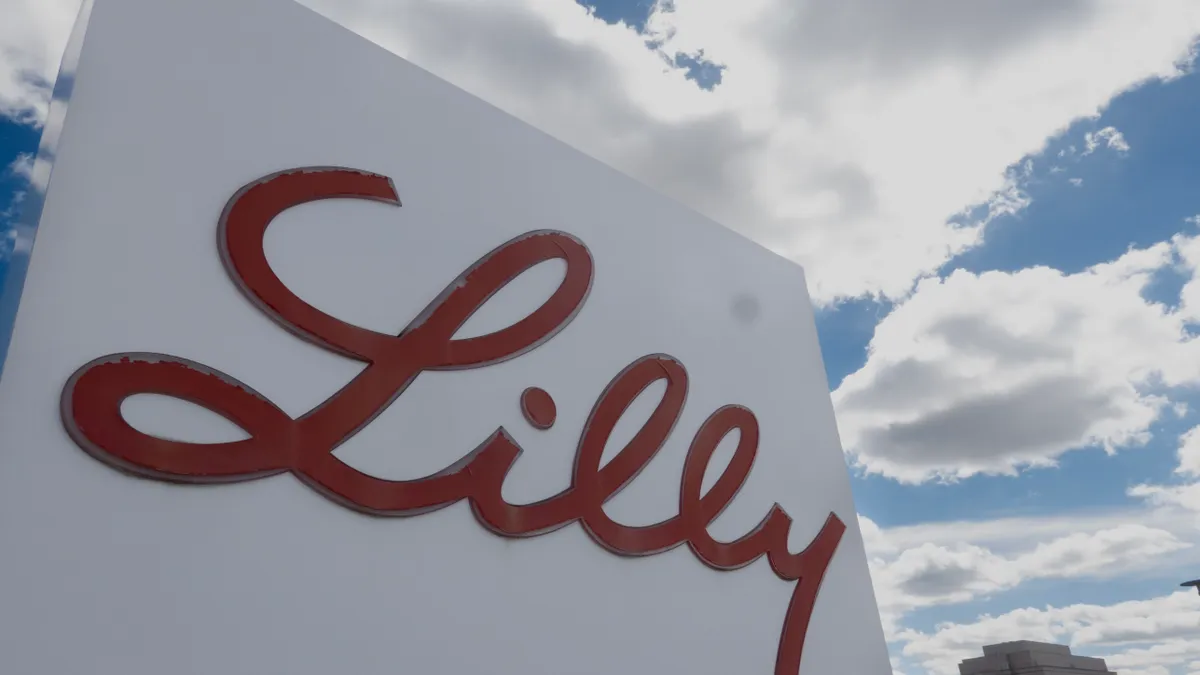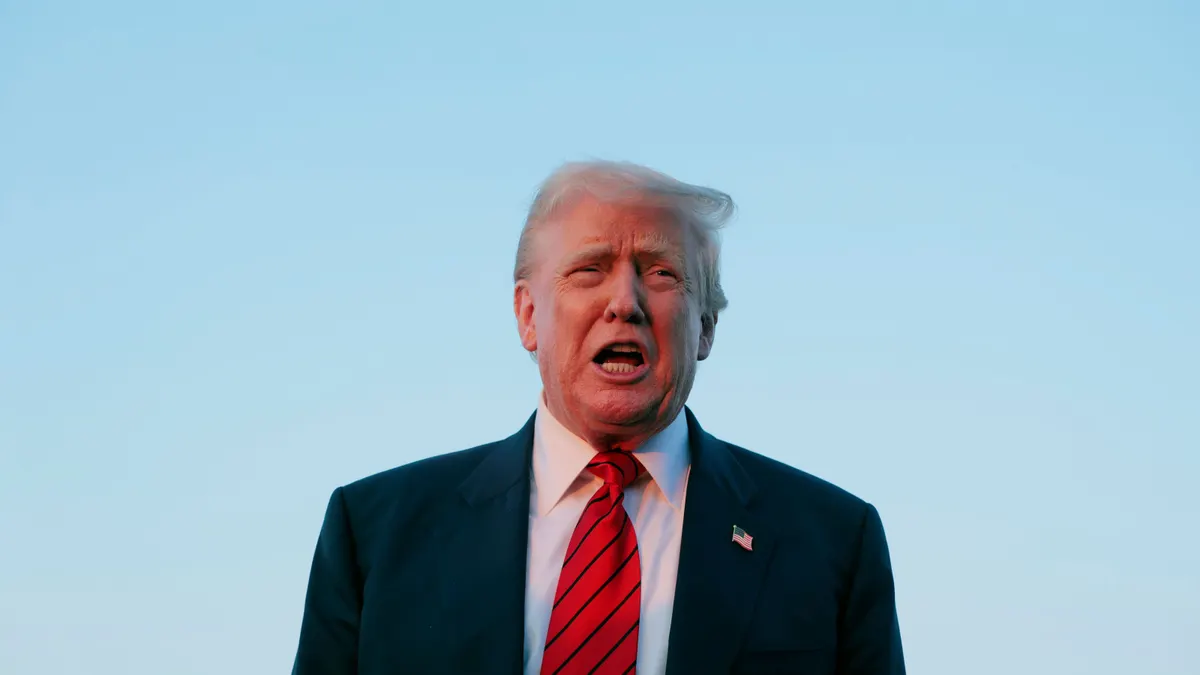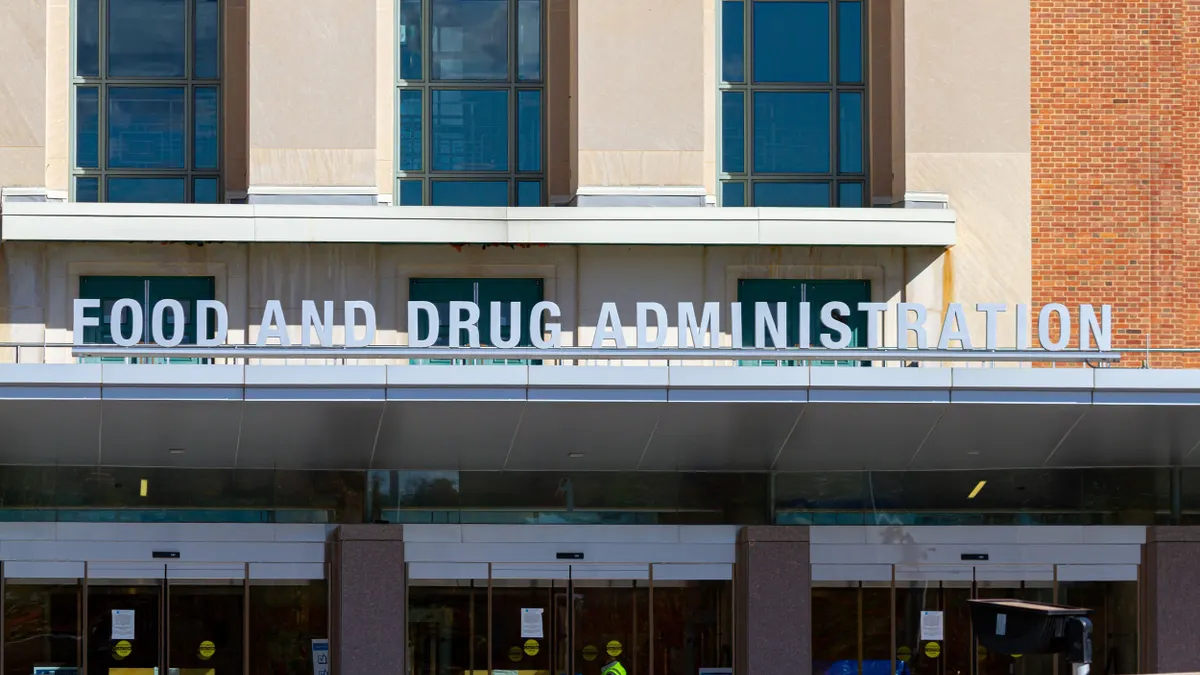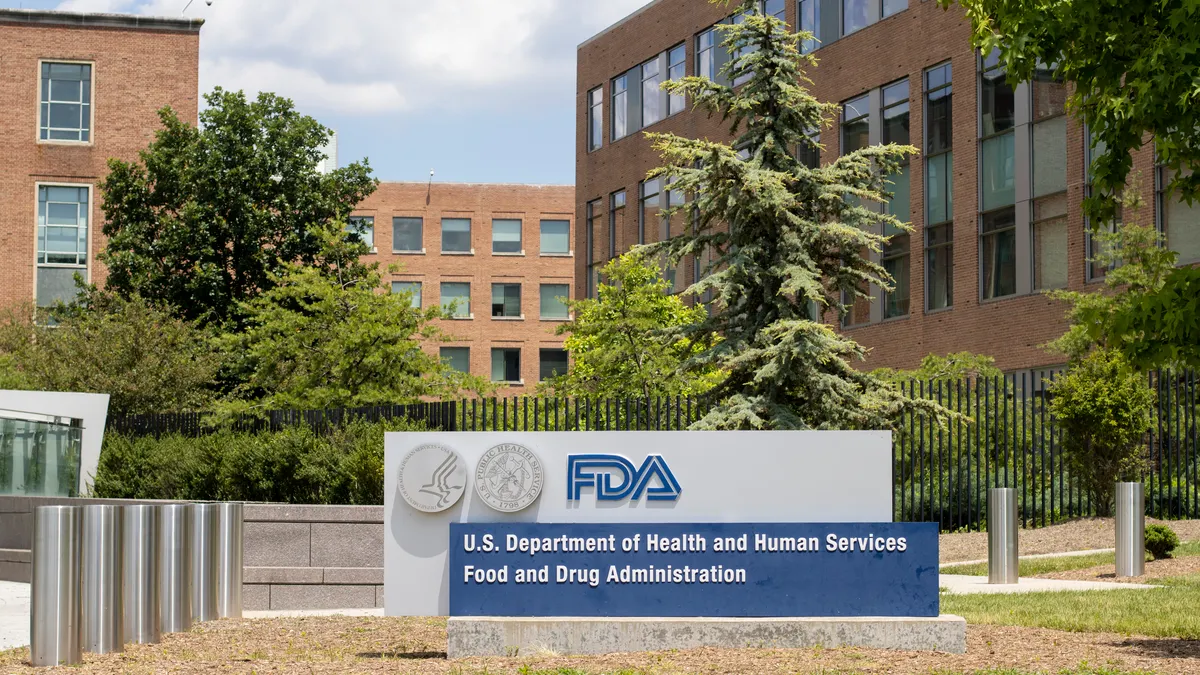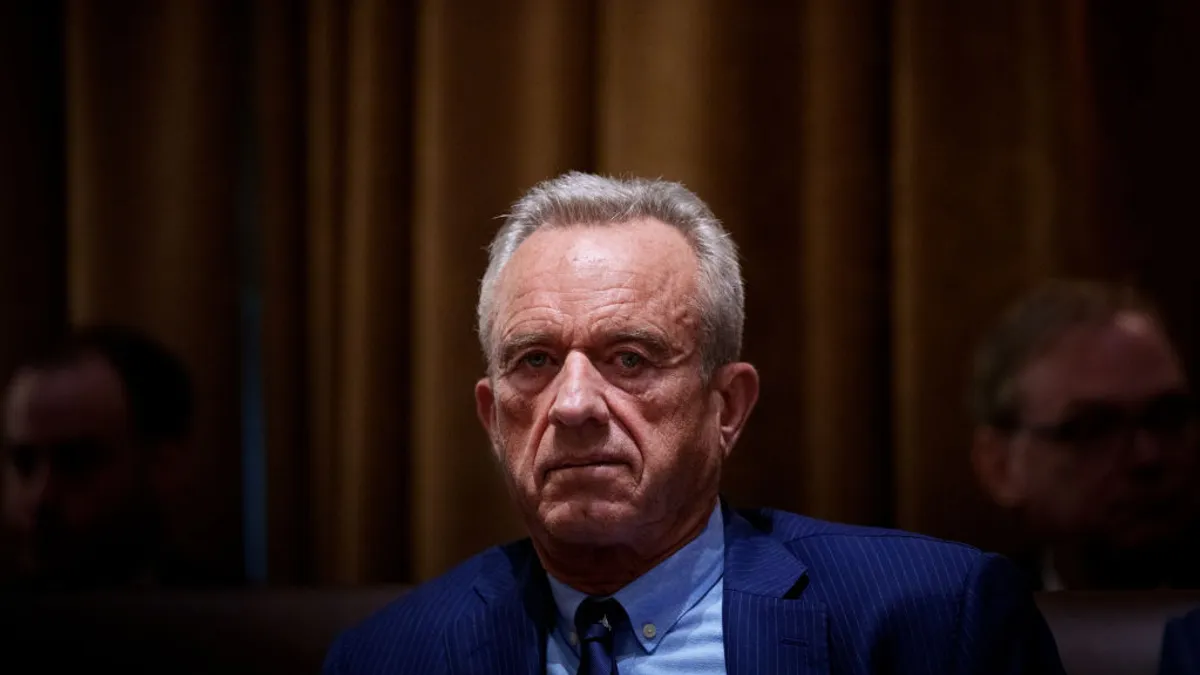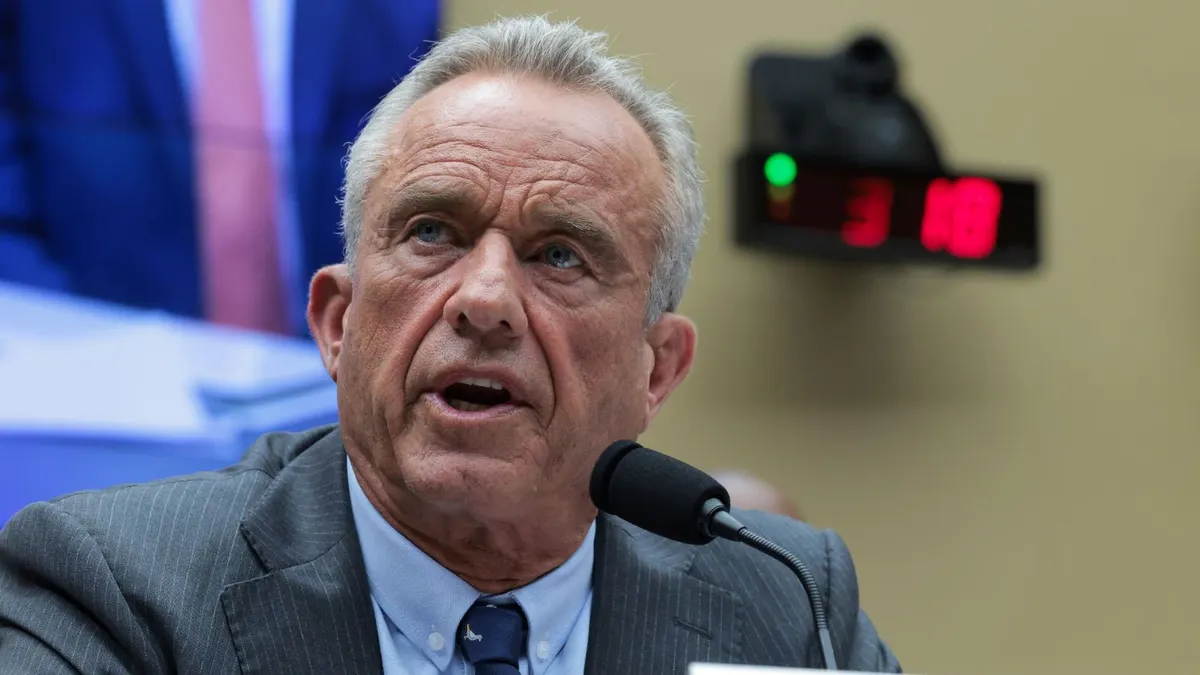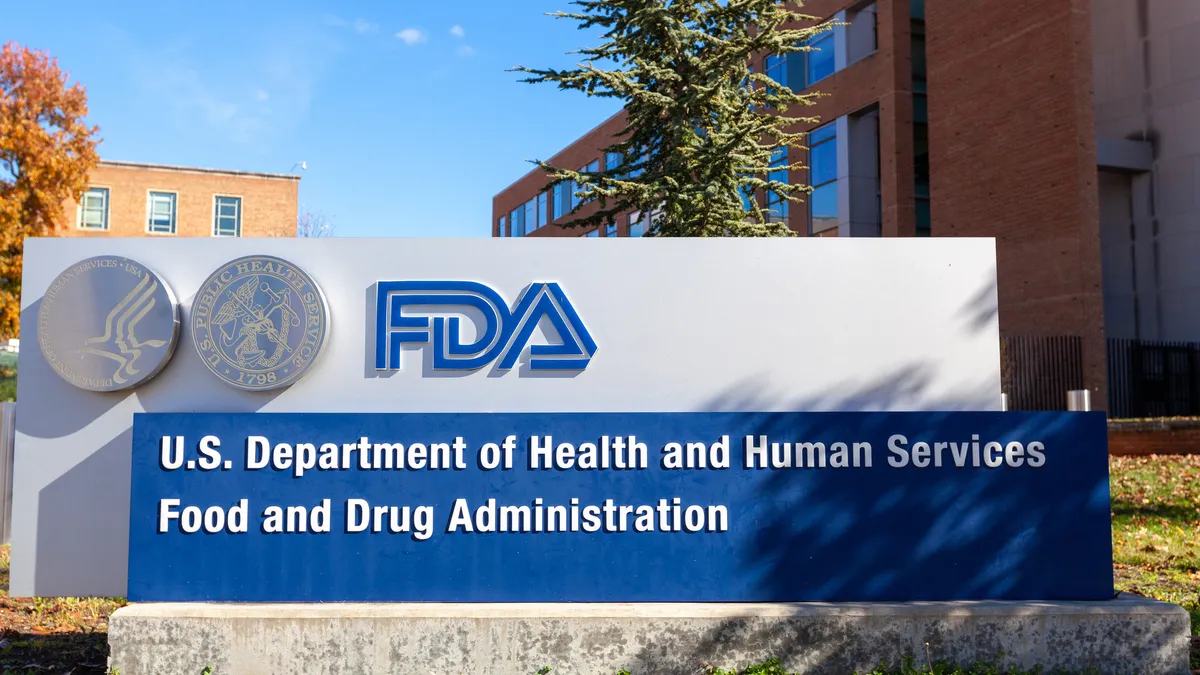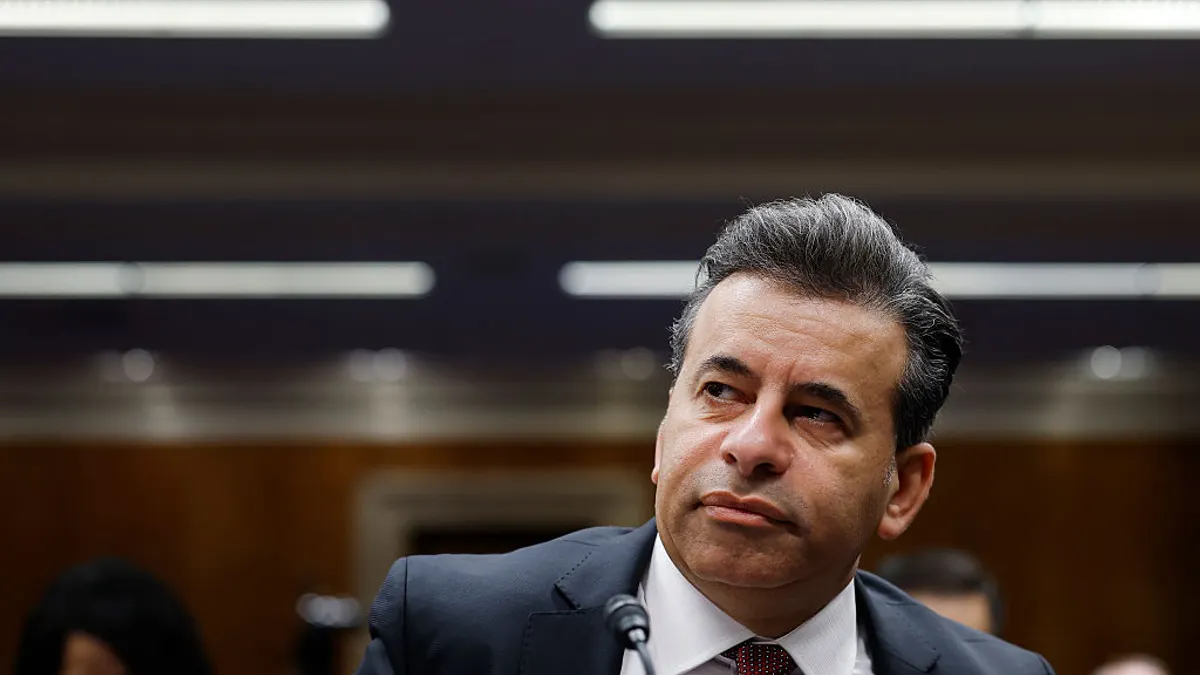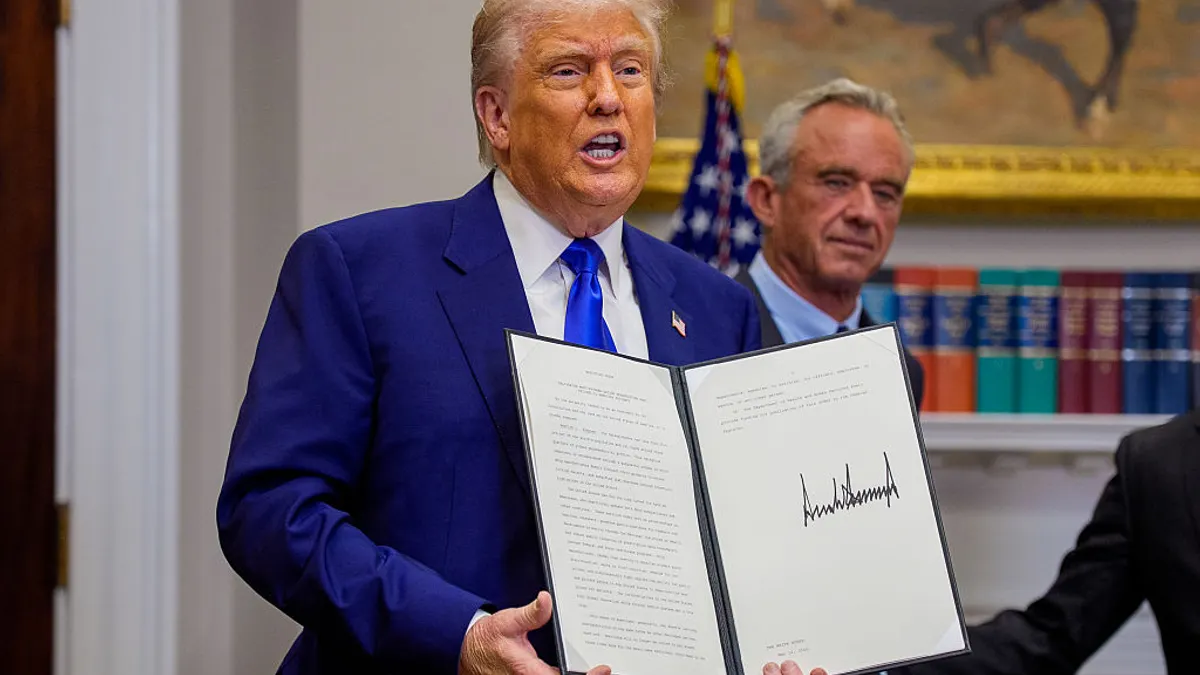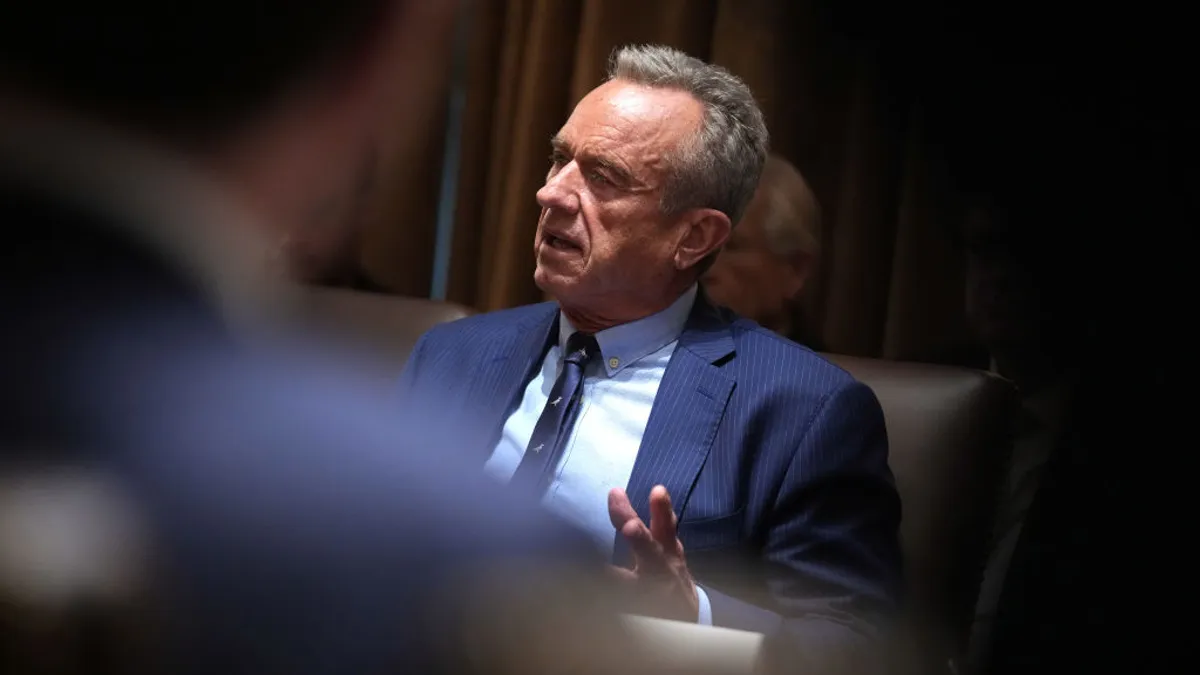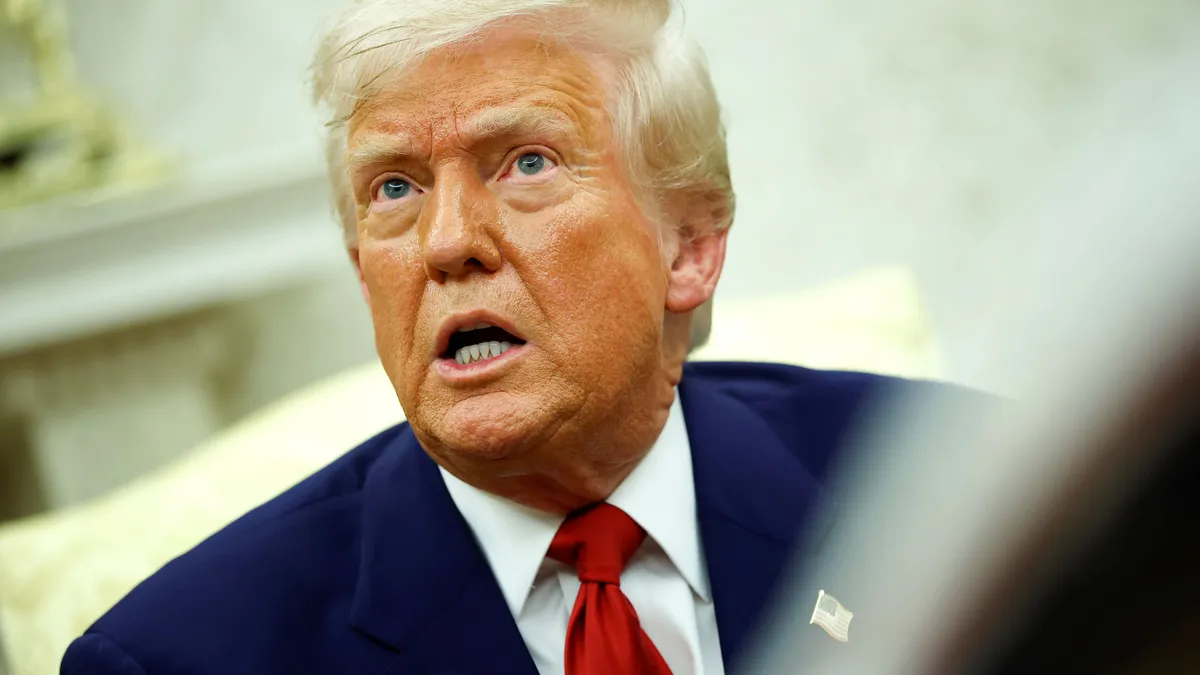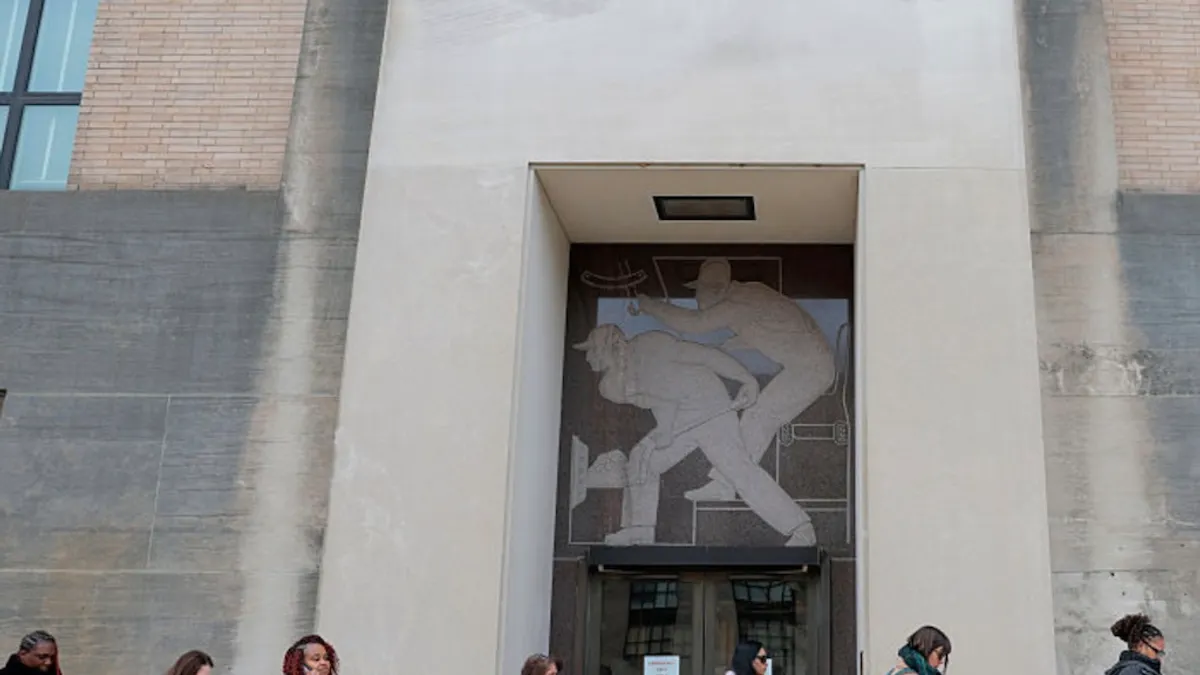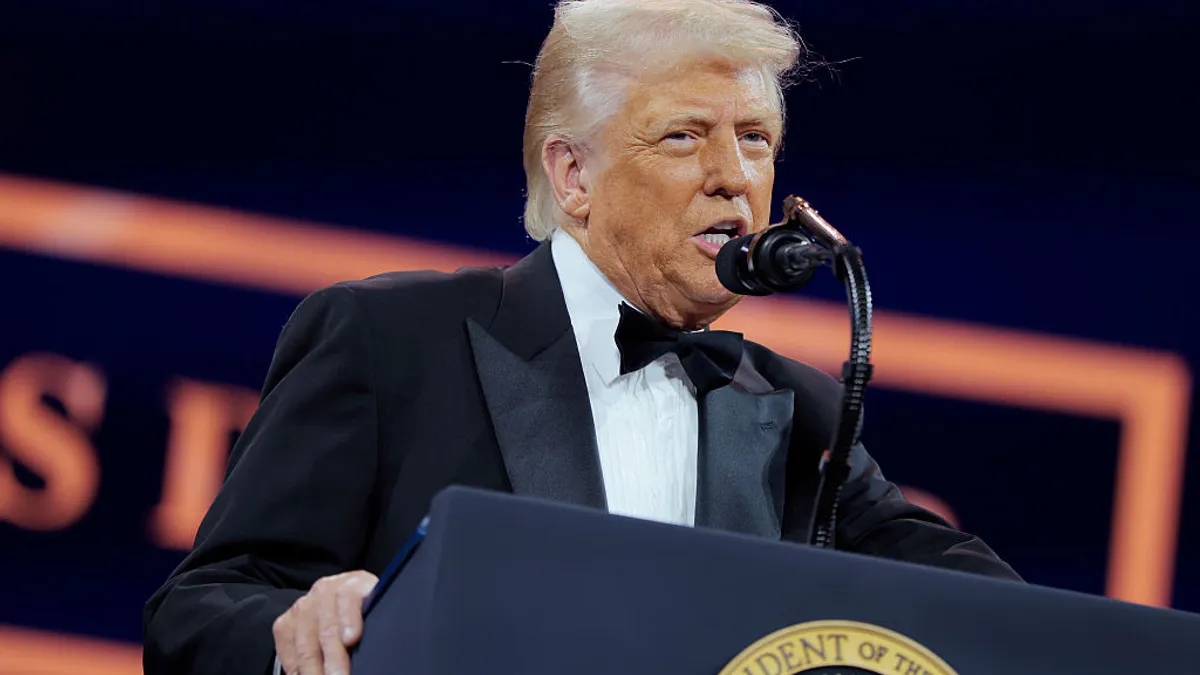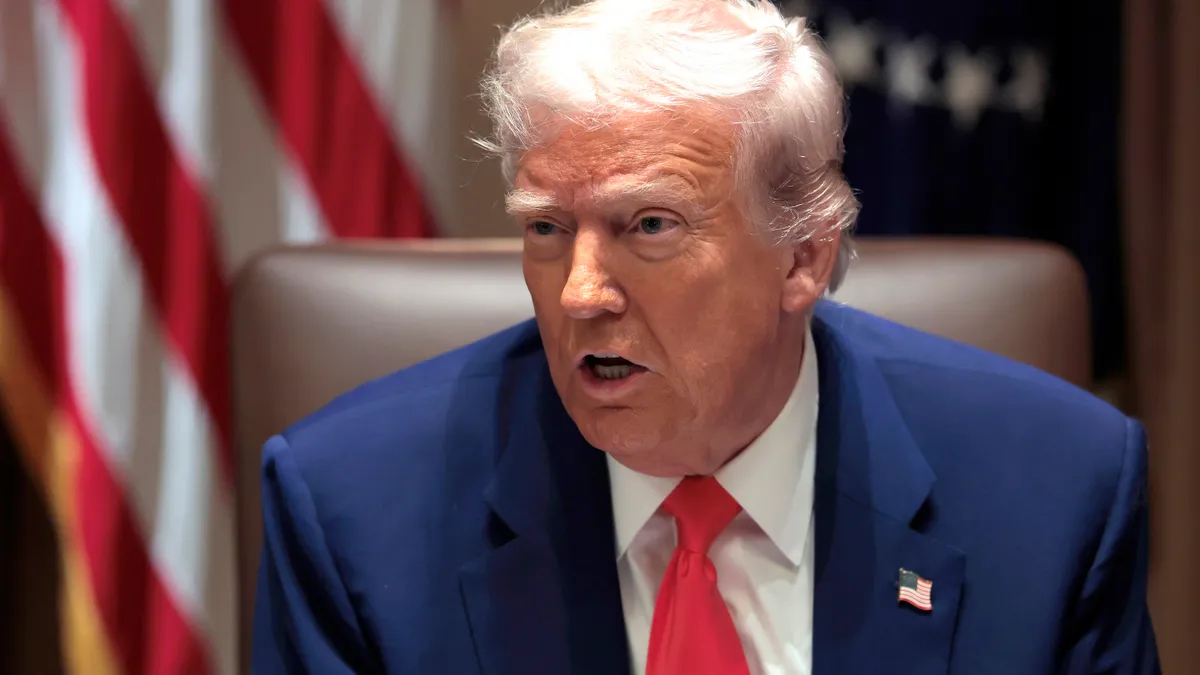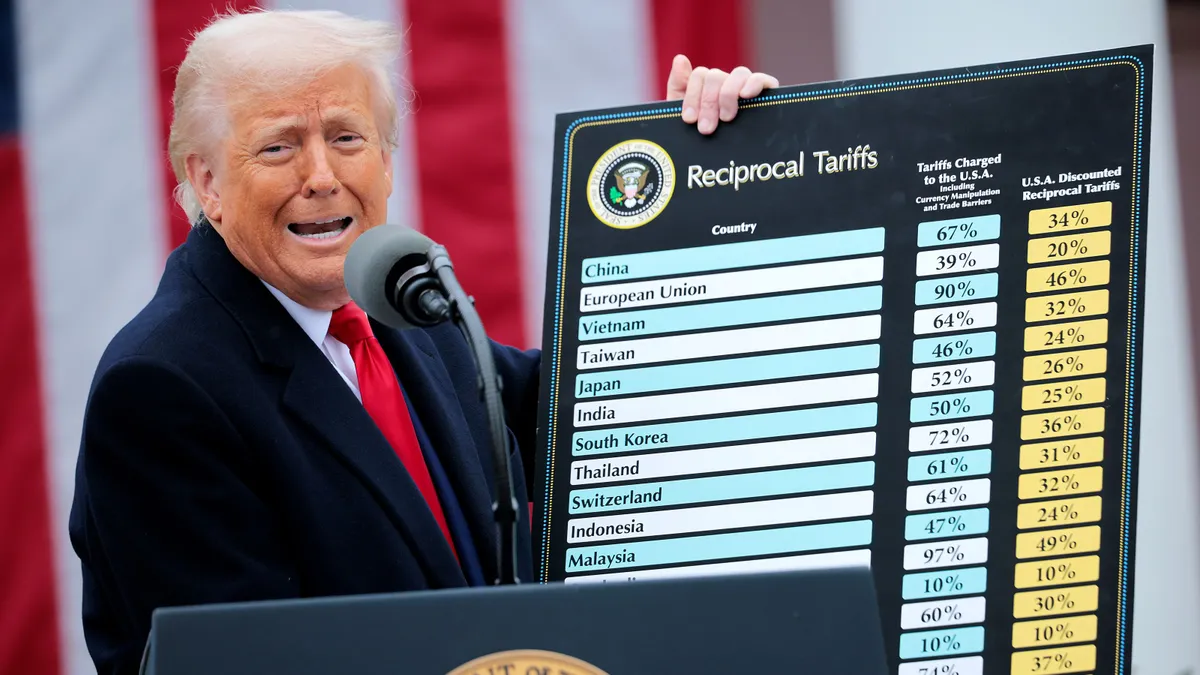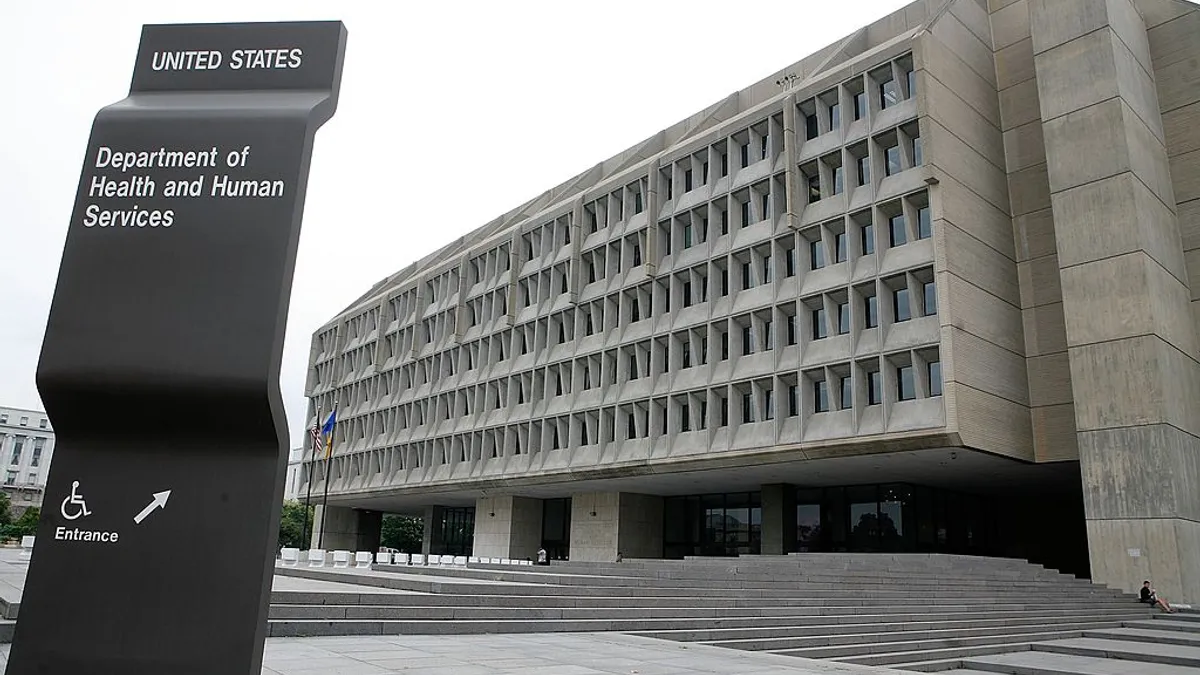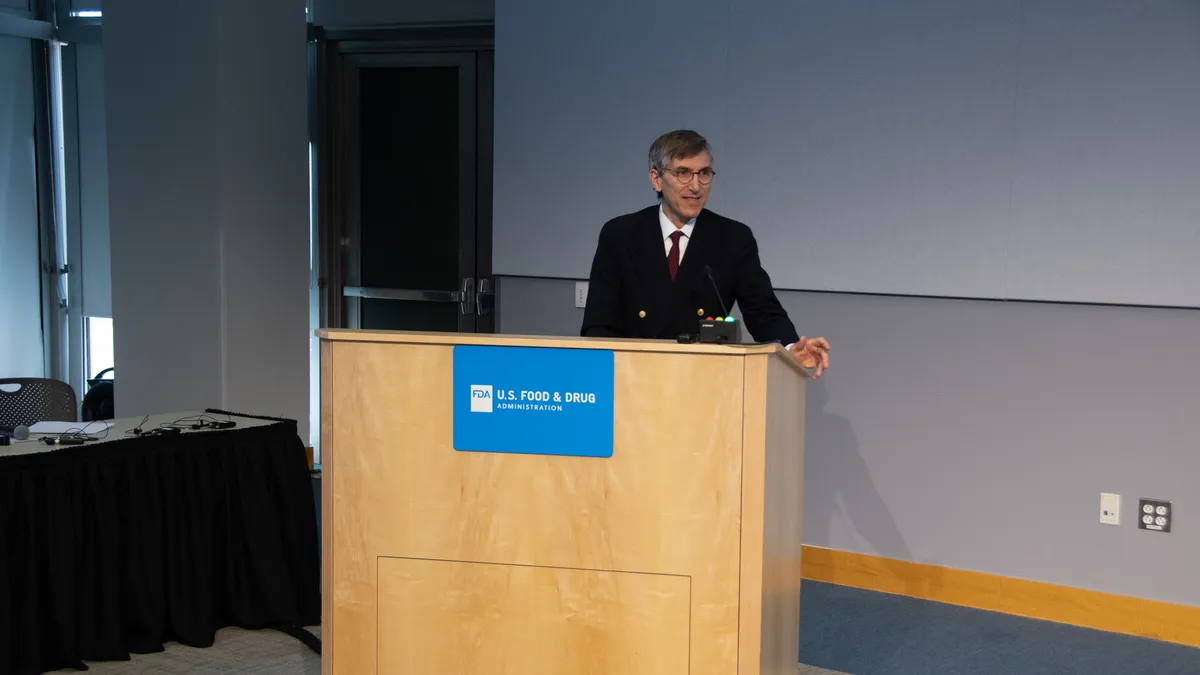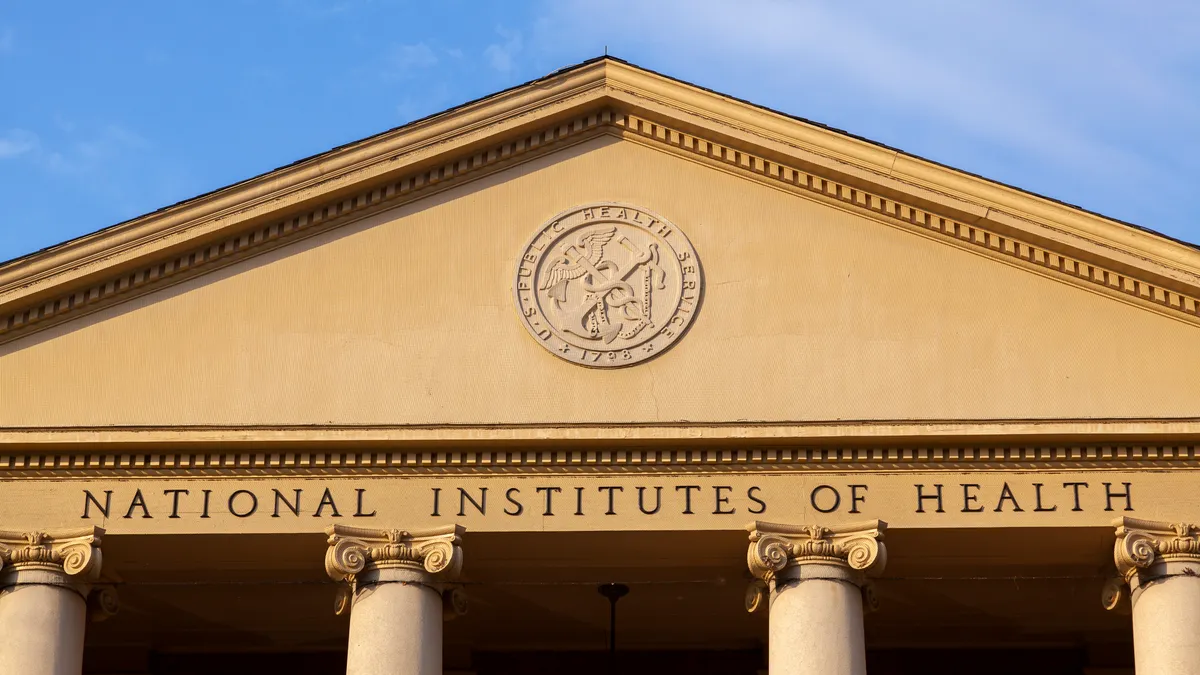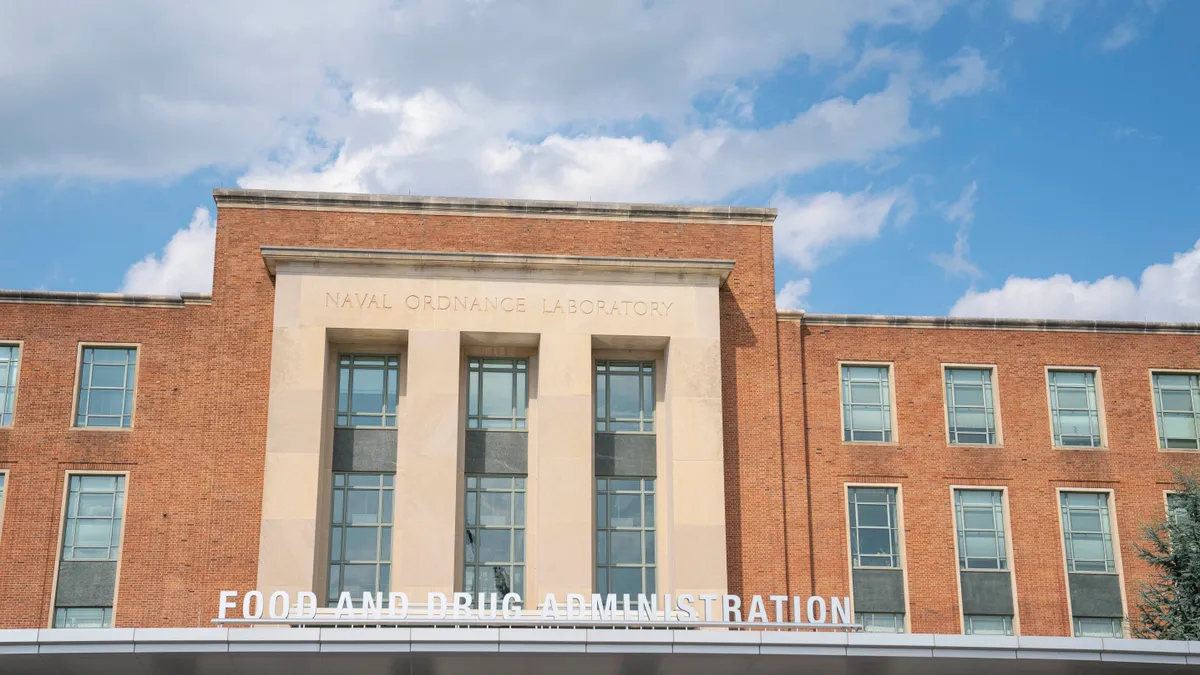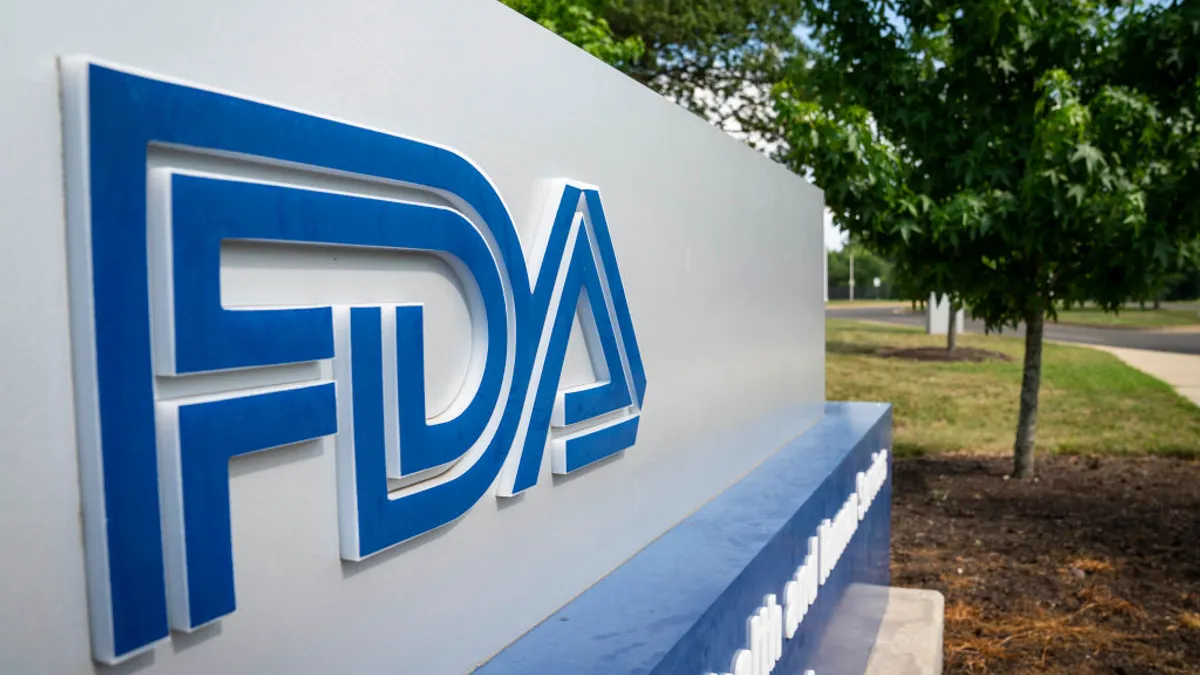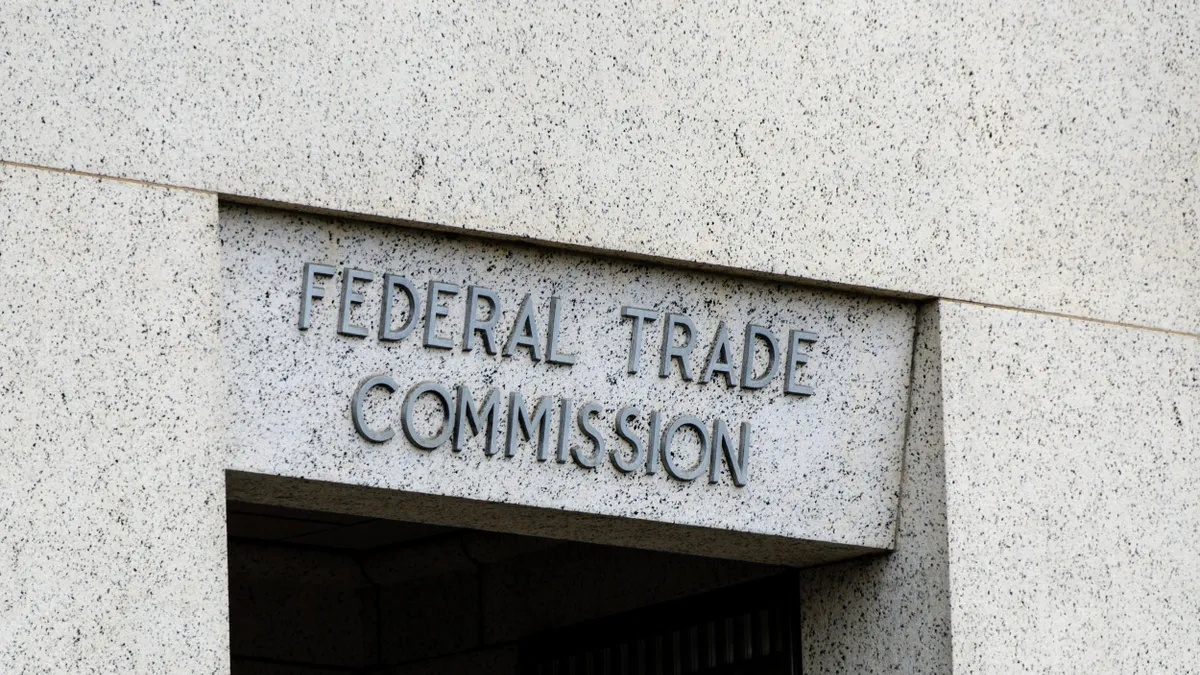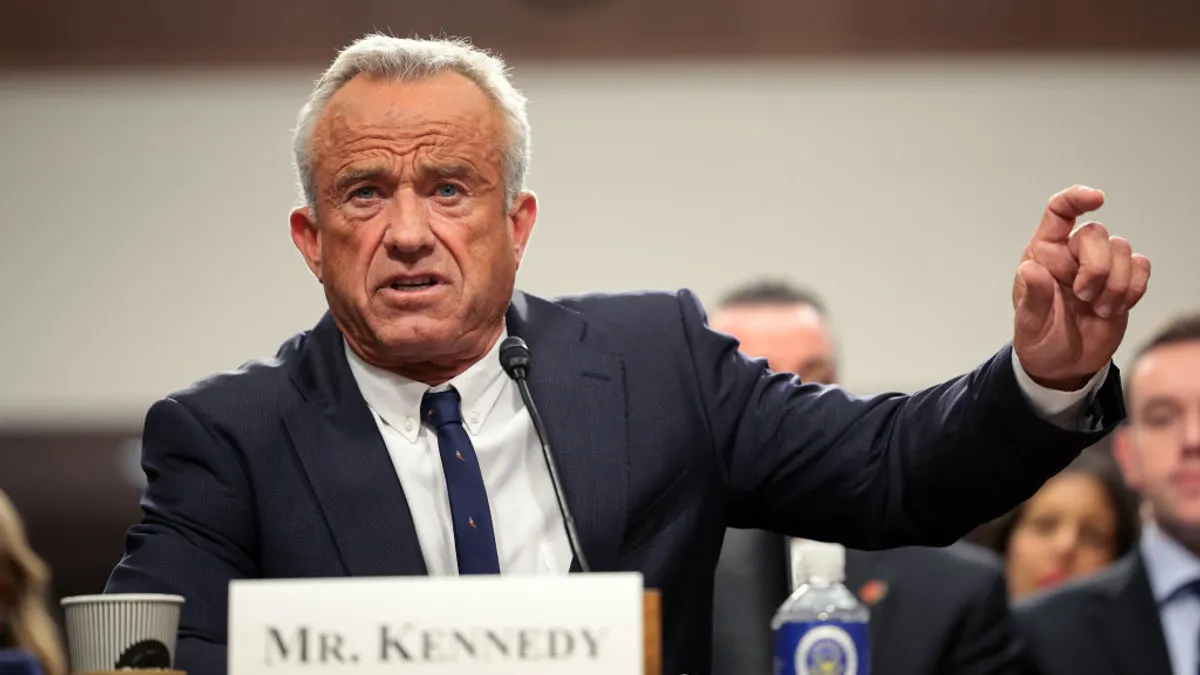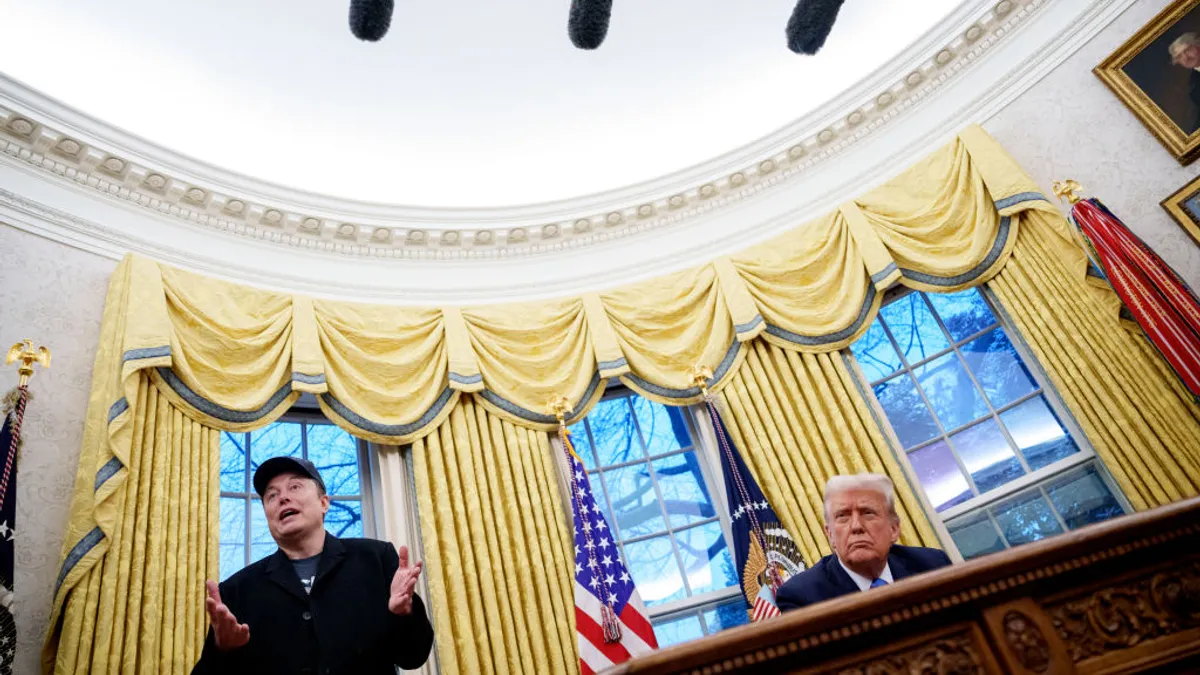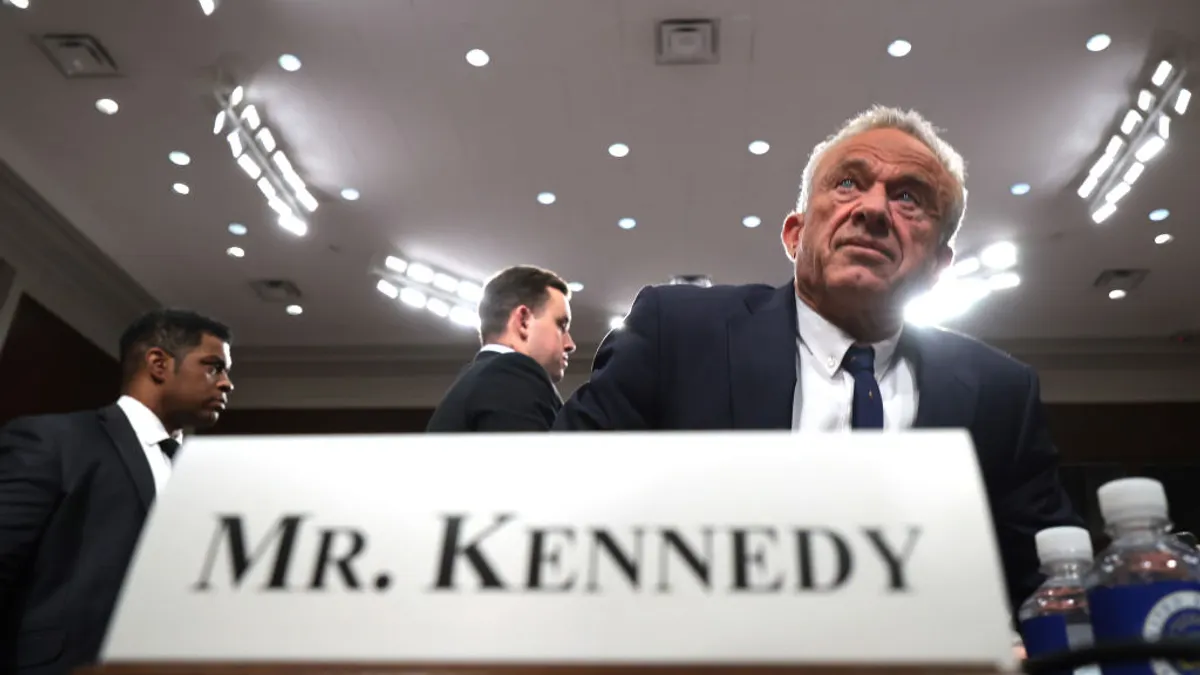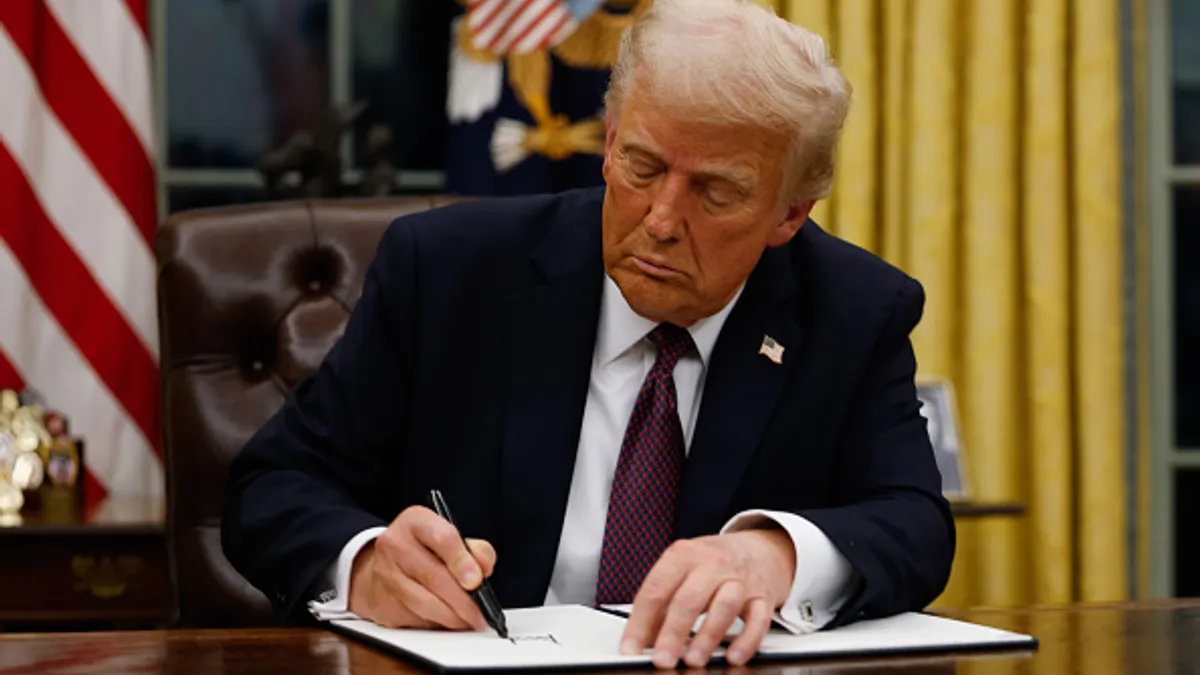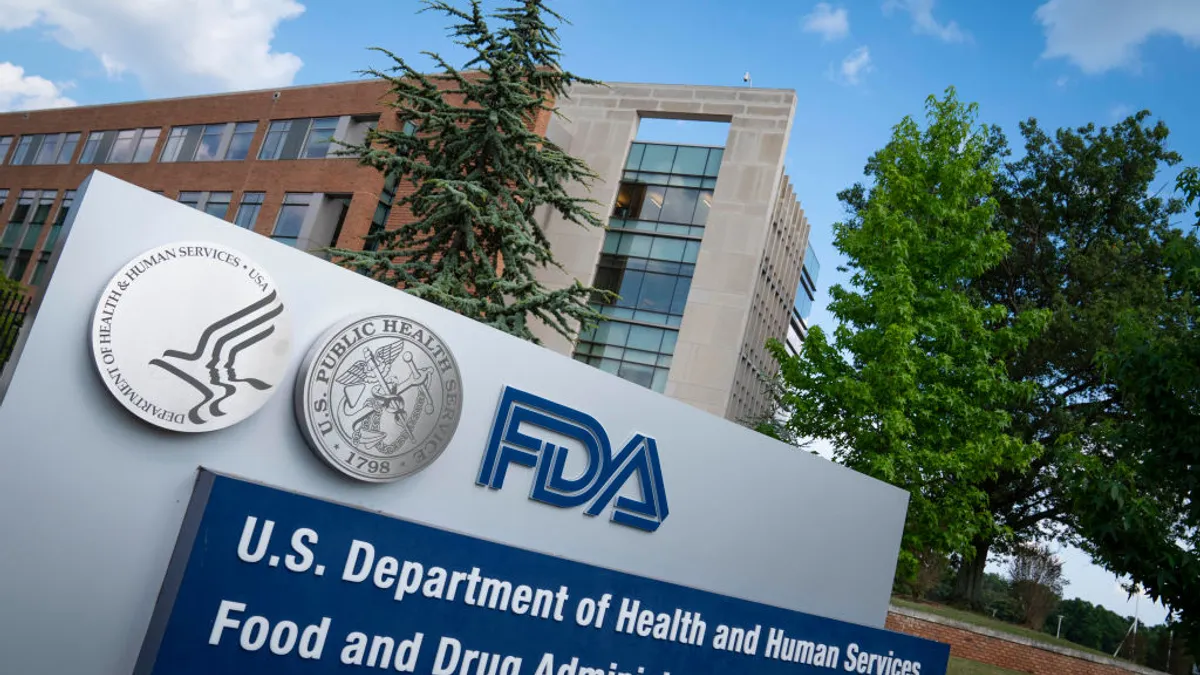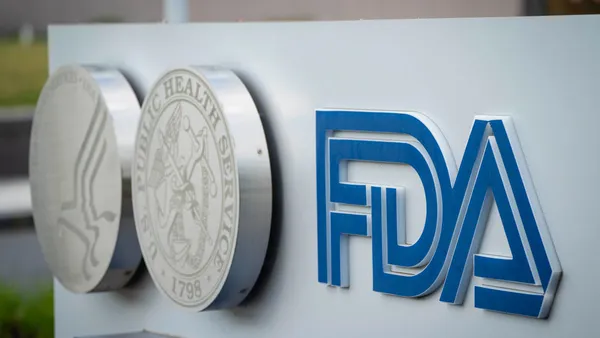Employees across the Department of Health and Human Services began receiving layoff notices Tuesday, following days of anxious waiting to learn who would be included in the Trump administration’s drastic downsizing of the U.S. health department.
Emails went out Tuesday morning placing affected workers on immediate administrative leave, according to several HHS sources who spoke on the condition of anonymity.
“I regret to inform you that you are being affected by a reduction in force (RIF) action,” the email said, noting the termination “does not reflect directly on your service, performance, or conduct.” An attached memo described the layoffs as part of HHS’ efforts to improve efficiency.
“This RIF is necessary to reshape the workforce of HHS,” the memo said.

Unionized HHS employees also received emails notifying them of the workforce reduction, but some were informed they’re not being laid off directly. Retention could be possible based on the employees’ tenure, length of service and performance ratings, among other factors.
Layoffs are taking place across HHS, affecting the Food and Drug Administration, the Centers for Medicare and Medicaid Services, the Centers for Disease Control and Prevention and the National Institutes of Health, as well as agencies like the Administration for Children and Families and the Substance Abuse and Mental Health Services Administration.
All told, the Trump administration aims to cut some 10,000 staff from HHS, which, when combined with previous employee terminations and departures, will reduce the department’s size by about 25%.
Within the FDA, the layoffs reached into the agency's main offices that review drugs and medical devices, and included top leaders.
Peter Stein, head of the Office of New Drugs at the Center for Drug Evaluation and Research, said he is leaving the FDA after declining a "silly alternative job" in patient affairs he was offered instead.
"Many folks within OND were affected," said Stein, who added that planning for the layoffs did not involve CDER or OND leadership."I know the loss of many support and review functions across OND that are critical to the work we do is going to have a deep impact on our efficiency and our capabilities."
“The FDA as we’ve known it is finished, with most of the leaders with institutional knowledge and a deep understanding of product development and safety no longer employed,” Robert Califf, who previously served as FDA commissioner twice, wrote in a LinkedIn post Tuesday. “I believe that history will see this a huge mistake.”
Scott Gottlieb, who served as FDA head in the first Trump administration, made similar comments on X, raising the concern that the layoffs risk bringing back “frustrating delays” for new medicines.
Some HHS employees weren’t aware they had been laid off until they arrived at work and found their badges didn’t grant them access, sources across different HHS divisions said.
At HHS buildings in Washington, D.C., lines wrapped around the block as employees waited to see whether or not they’d be allowed in.
“This is how most [workers] are finding out if they have been terminated or not in the reduction,” a former ACF staffer said. “Some people do not work remotely and their laptops are upstairs, so they are unable to enter the building to get their laptop, so they can see their notice of termination and download their personal files. We have not been told when we can access the building to gather our personal items or [our] laptops.”
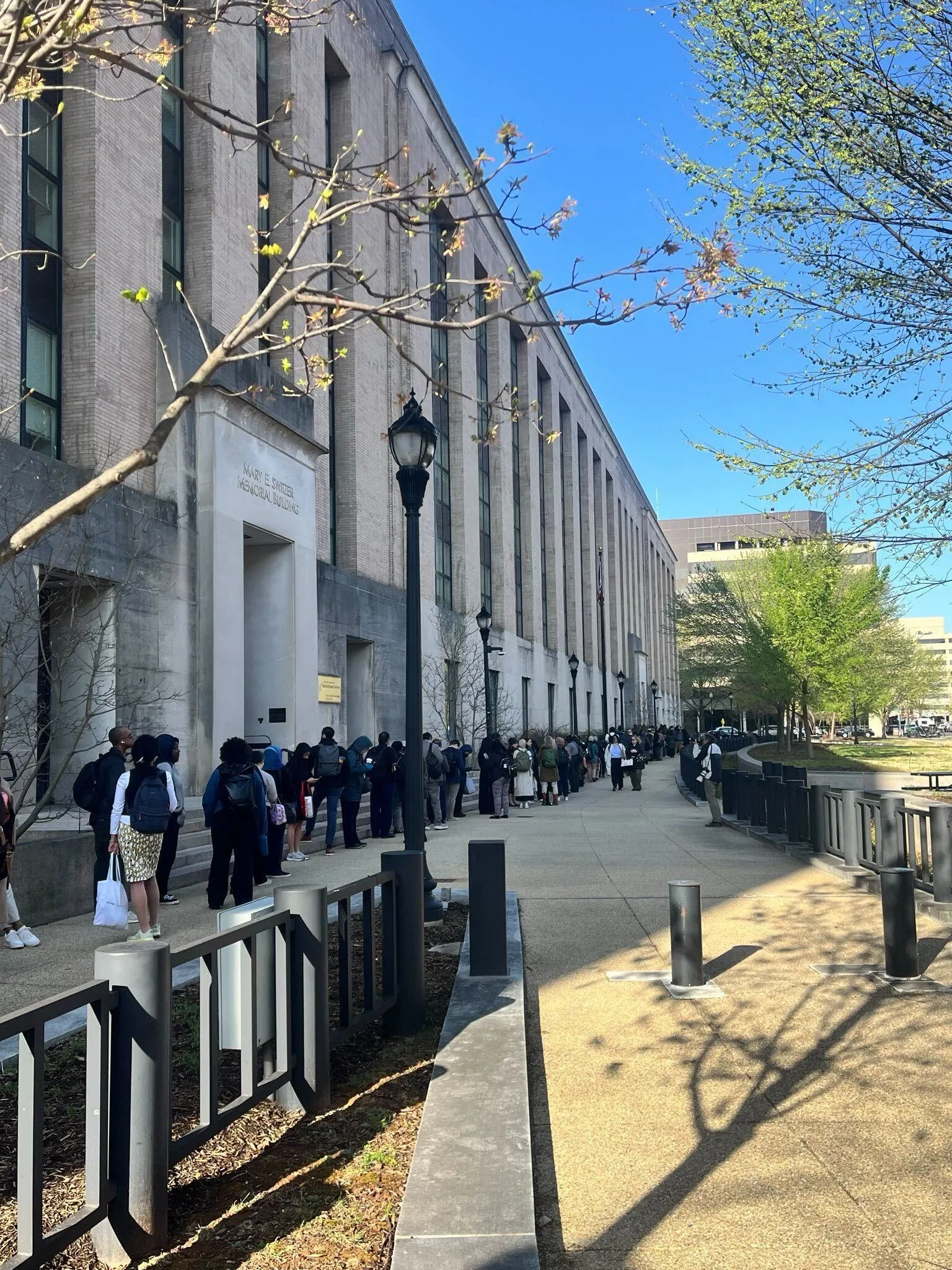
Similarly, a person who worked at the FDA’s Center for Devices and Radiological Health said staff faced long security lines to get into the FDA’s campus in Silver Spring, Maryland because security staff didn’t know people were going to be laid off.
“Managers are walking around the building trying to verify who is here and who isn’t,” an FDA staffer said, adding that many agency staff are facing low morale because they don’t know if more cuts are coming.
“Are more emails coming out tomorrow? This afternoon? We don’t know,” they said.
“I’m in shock,” said one CDC employee in Georgia who was not affected by the layoffs. “I can hear people crying while packing their things ... It's hard not to have survivors guilt."
At the CDC, cuts included senior leadership across the center and in offices focused on injury and violence prevention. At the NIH, it appears layoffs were targeted at communications and policy departments, along with staffers who worked to promote health diversity, in line with the Trump administration’s ongoing campaign against diversity, equity and inclusion initiatives. Cuts also hit workers focused on minority health at CMS.
HHS Secretary Robert F. Kennedy Jr. unveiled his plans to overhaul HHS on Thursday, part of the Trump administration’s effort to shrink what it views as a bloated federal bureaucracy.
A statement announcing the plans said 3,500 jobs would be eliminated at the FDA, along with 2,400 at the CDC and 1,200 at the NIH. CMS was slated to lose about 300 employees.
However, it’s not clear if those targets are still in place. RIF notices were delayed amid internal turmoil at the Department of Government Efficiency, the team of cost-cutters led by billionaire Elon Musk that’s spearheading the downsizing.
According to Politico, HHS’ DOGE lead, a former Trump administration official and healthcare entrepreneur named Brad Smith, was viewed as trying to shield CMS from steep cuts, causing tension within DOGE. Smith did not respond to a request for comment.
A group of Democrat lawmakers sent a letter to Kennedy on Monday pressing the secretary for more information on his plans to cut HHS, saying the restructuring has gone forward with “a complete lack of transparency.”
“Authoritatively stating that these drastic changes will improve the health of Americans without any explanation insults the American public and defies logic,” wrote Senator Patty Murray, D-Wash., Senator Tammy Baldwin, D-Wis., and Representative Rosa DeLauro, D-Conn.
Additional reporting by Ned Pagliarulo and Elise Reuter. Sydney Halleman and Susanna Vogel also contributed to the story.



